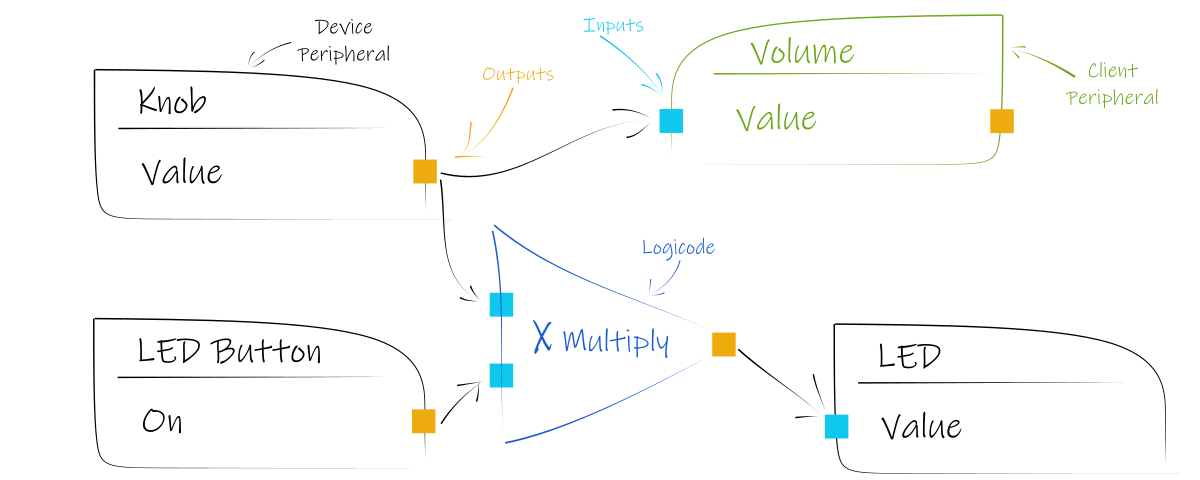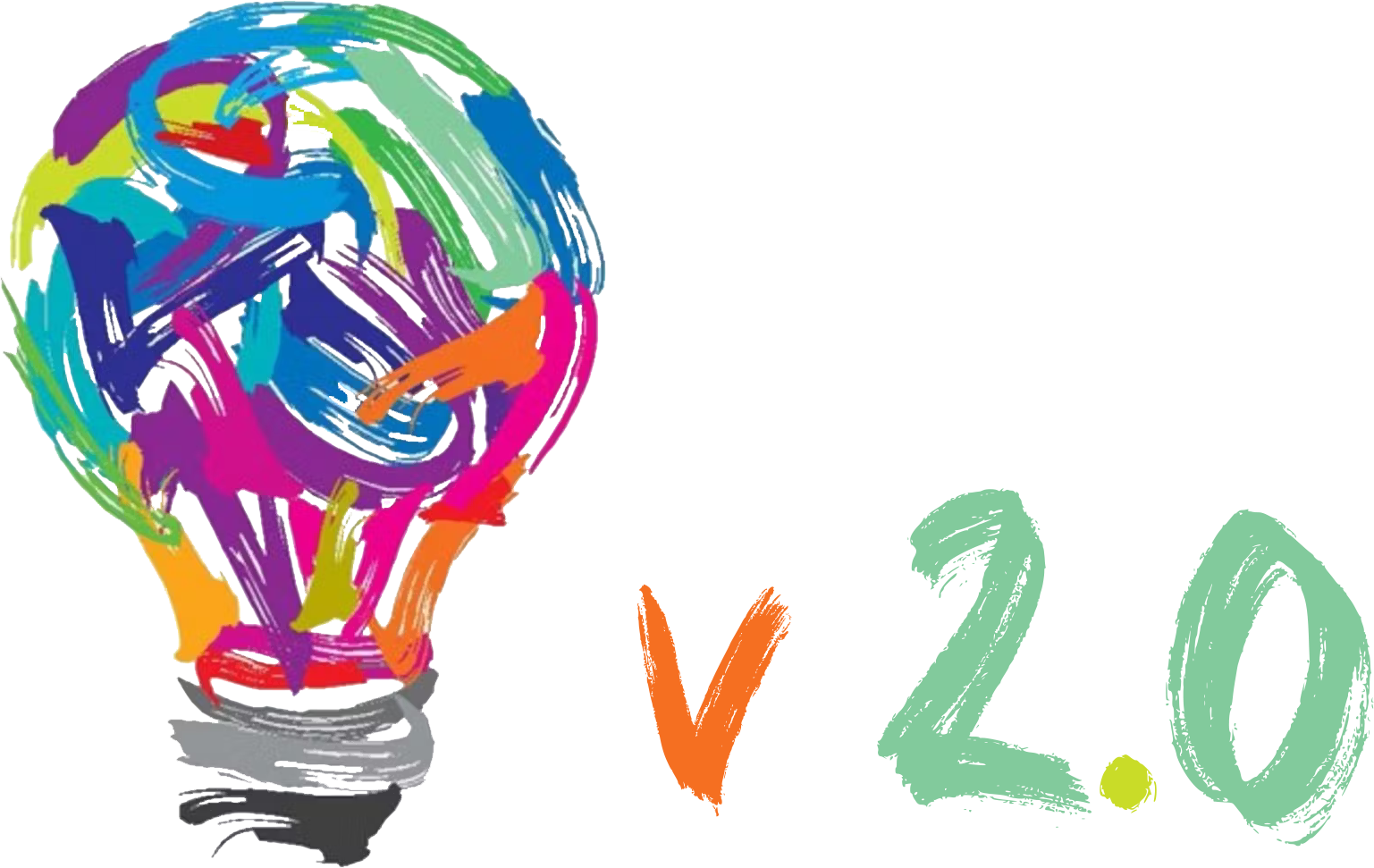Smart Development is our vision of how a developement process should be and in general, it's our philosophy that a quality tool is one which your intuition can guide you into start using right away.
In this first iteration of IoT.Cafe, there was an immence amount of work, building everything from the ground up.
With the foundations now layed, the next iteration can focus on the core functionality and spend some effort for practical conveniences as well.
For the upcoming v2.0 of IoT.Cafe we are planning many improvements, which build upon and polish the existing functionality.
Here are some of them
User experience improvements
Website
In v2.0 the website - and especially its project building and device settings parts will be rebuilt with reworked and much more friendlier and intuitive user interface.
There will be help pages for each peripheral device and main board, with images for their equivalent version variations.
Client apps
First and foremost priority in v2.0 is for the client apps to be rebuilt, along with the SDK libraries and feature better stability and user interface, better responsiveness and interaction with the IoT device.
Projects library
In complement to examples and tutorials, users will have the ability to add to their projects from a projects library.
The projects in the library are going to be references and practical examples for stuff made with IoT.Cafe.
It will also contain all finished projects from the examples on the site.
Shopping list
You'll be able to get a shopping list of all the parts you need for you project, so it's easier to get all parts and even give the list to a seller and ask them to simply get you the parts!
Ideally, we'd like to open our store as well, but we have much on our hands and our resources are quite limited for now.
Schematics
You'll be able to see an actual schematic for your projects.
Although there's not much wiring in IoT.Cafe anyway and projects have wiring labels for all signifficant pins, it'd be nice to have the whole picutre.
A visual schematic would be available for additional aid.
New features
More hardware
More peripherals are to be added and more hardware modules supported.
We also aim to extend our main boards support to Arduino and RaspberryPi.
Codeless scripting
Writing manually in Logicode is planned to be superseded by an entirely visual point-and-click mode of construction.
Logicode will then be composed rather than written, however underlying code will still be available for those, who wish to interact with it directly.

Logicode concept, Smart development 2.0
Web Relay objects
Web relays are planned to become objects of their own, so that you can reuse one web relay in many projects
They will be objects similar to peripherals and will accept input from other objects.
This is a step further to a making the whole system uniform and intuitive.

Web Relay concept, Smart development 2.0
Advanced Web Relay parameterization
Web relay parameterization is the mechanism used to pass live device readings to a third party web API in a free format.
For v2.0, the parameters are to be extended to more than just the device's own properties, but also aggregated data like statistics and account-specific objects in a user-defined dictionary.
Client peripherals
Upcoming new client app peripherals, providing more control of your device over the phone or computer which runs the client app.
 Client apps, Smart development 2.0
Client apps, Smart development 2.0
Plugins
Users will be able to write their own plugins for the IoT.Cafe app to get full freedom over their devices and the reactions of the app.
This is a secondary feature however, since the libraries already provide the ability to write whole applications for IoT.Cafe devices.
Better integration
Integration tools & templates
We'll add specialized tools for integration with commonly used services and devices and whole project templates.
Support more platforms
In addition to Web browsers, IoT.Cafe currently supports only Windows and Andriod.
One of our immediate goals is to extend the supported platforms and include iOS, Mac and Linux.
![]()
![]()
![]()
![]()
![]()
![]()
OpenUI
A UI system with dynamic visual components for the apps is planned for the next major version.
This system is planned as platform agnostic, and will fully complement the device development environment with UI elements, which are graphically pleasing and bindable to device peripherals in a Smart Development 2.0 - compatible fashion.
A major feature of the UI system is that users will be able to create their own "skins" for the apps.
Community features
Public projects
Projects will be able to be made public and thus - shared with the community.
This way, authors could provide personal read only access to any of their projects for other users.
Public devices
Authors will be able to publish their devices for public access!
This way, other people could access their devices and depending on how the author's project is set, users may read properties of public devices and even control them.
For example, you could create an art installation and as you publish it, others - like passers by - will be able to connect to it and change its properties.
Discussion threads
Users will be able to create and discuss threads on the website.
Along with providing community support, it's also a natural way for us to get feedback, help our users and listen to the trending issues and requests.
Security
Encryption and user authorization for Comlink.
Secure the wireless com channel and encrypt uploaded project
SSL for board API calls
General Improvements
Before adding more features though, there's some reworking on the apps and the website that should first take place.
IoT.Cafe is a complex ecosystem of multiple projects, each of different domain - embedded, mobile, desktop, web.
This calls for a wide-range team of proffesionals working full-time but we're far from having such capacity, so in the first iteration, some things have been overlooked and need to be improved first.

